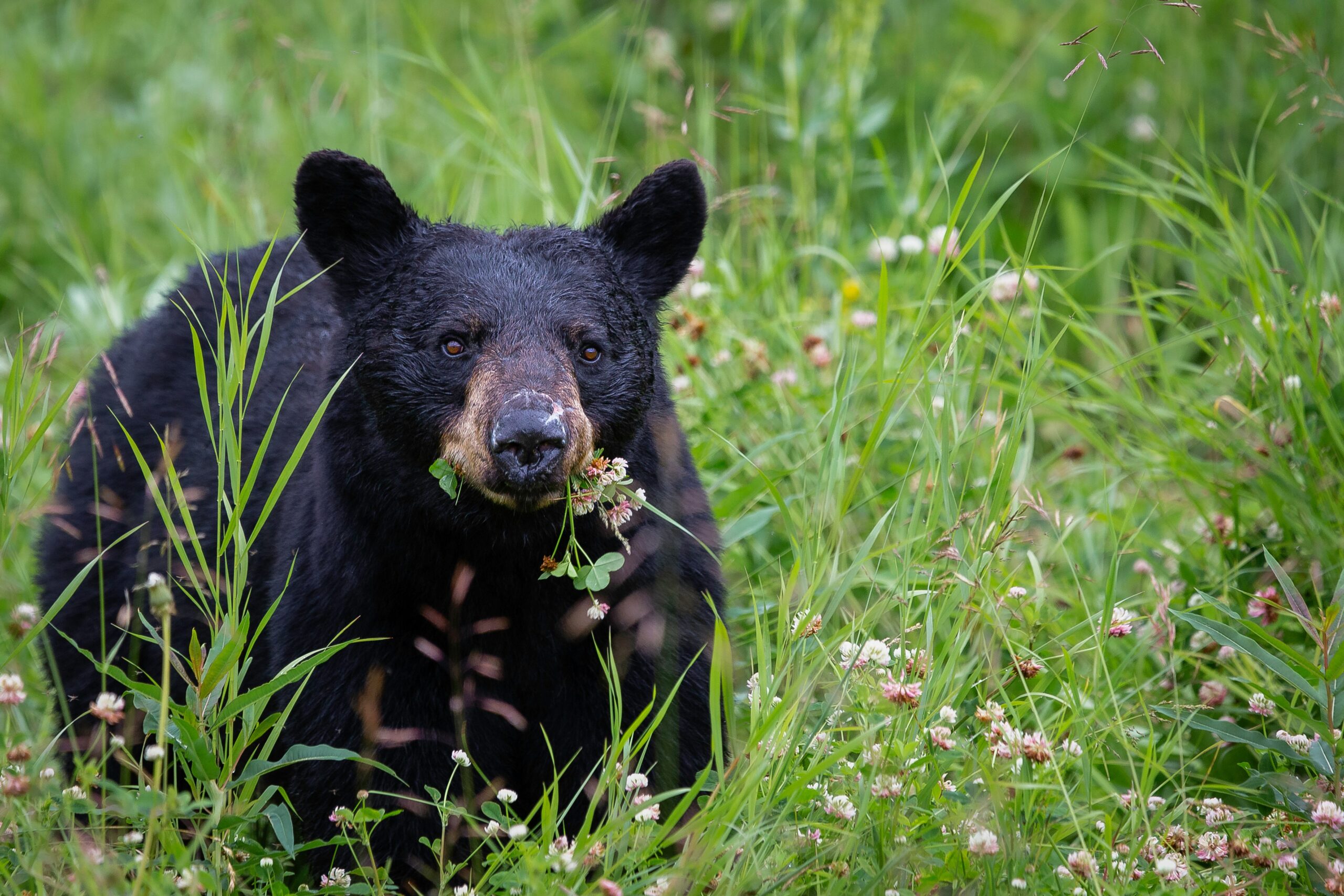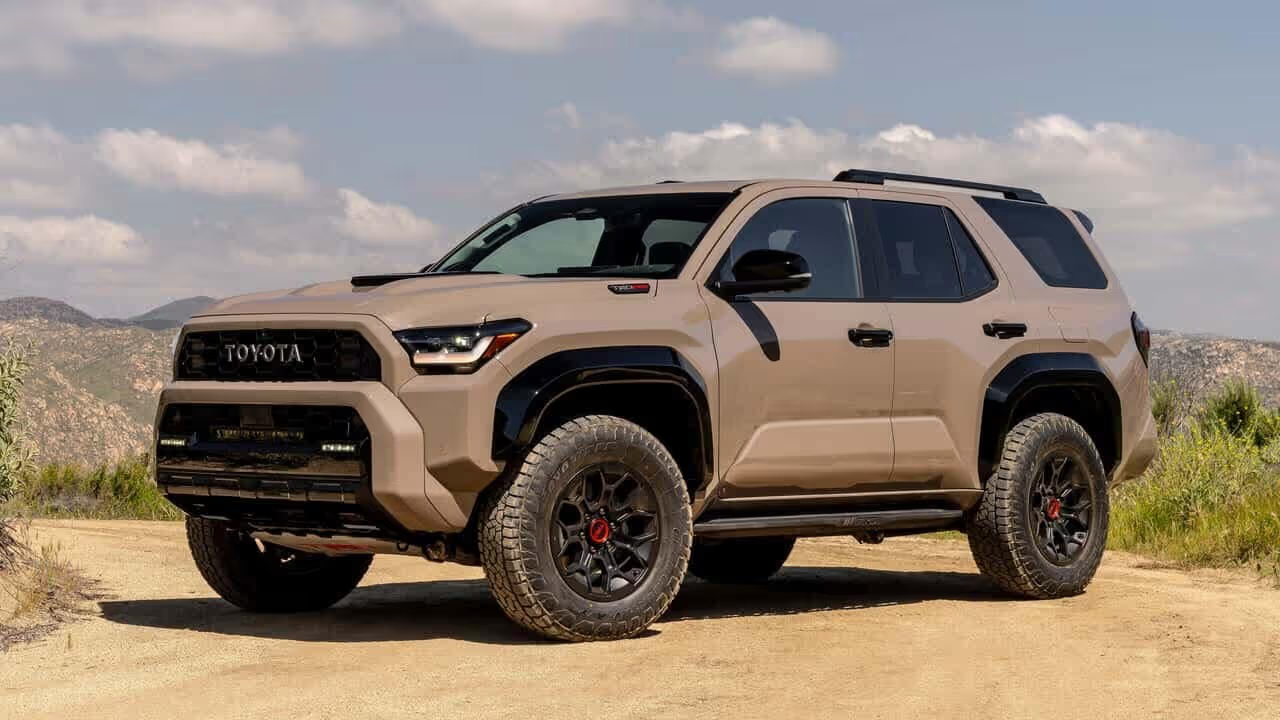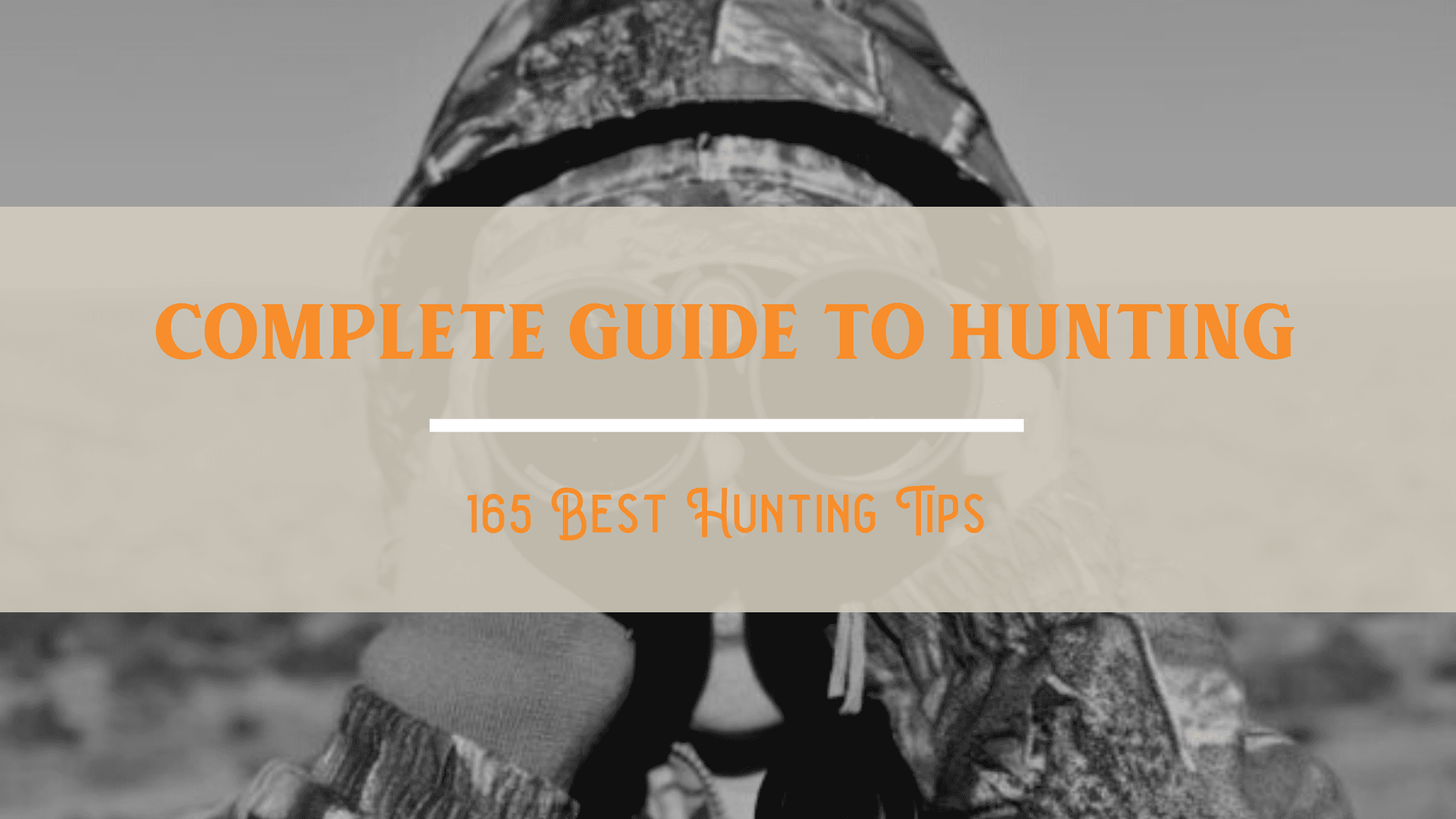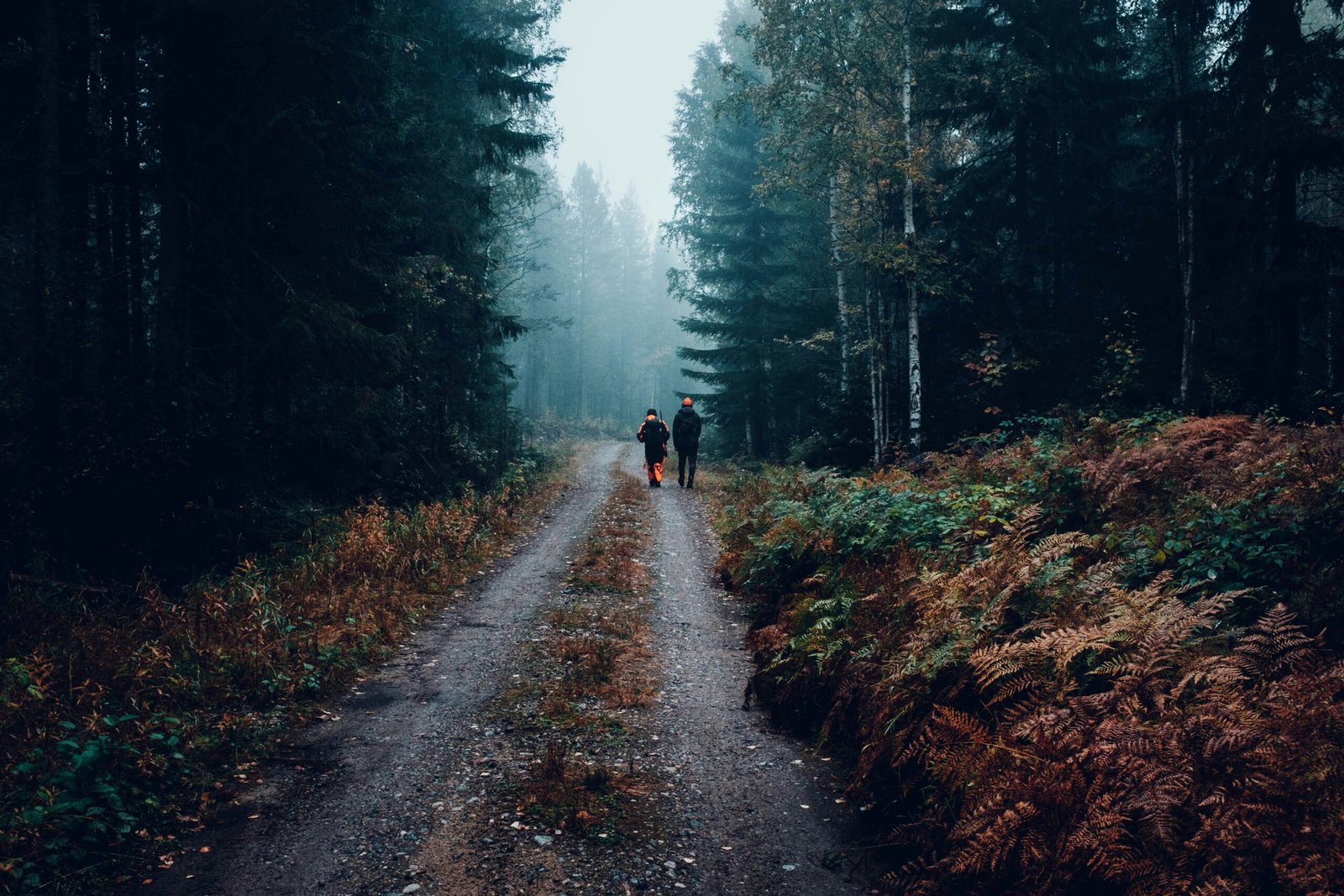Field judging a black bear is no easy task. Even the most experienced of bear hunters have been known to misjudge a bear. Unlike the ungulate species, bears don’t have the significant racks on their head to help identify a mature male. Instead, we have to analyze so much more, from their body shape to the way they act, to ensure we harvest our intended game. Depending on the scenario and how you are hunting, I’ve outlined a few ways to help you identify your mature boar.
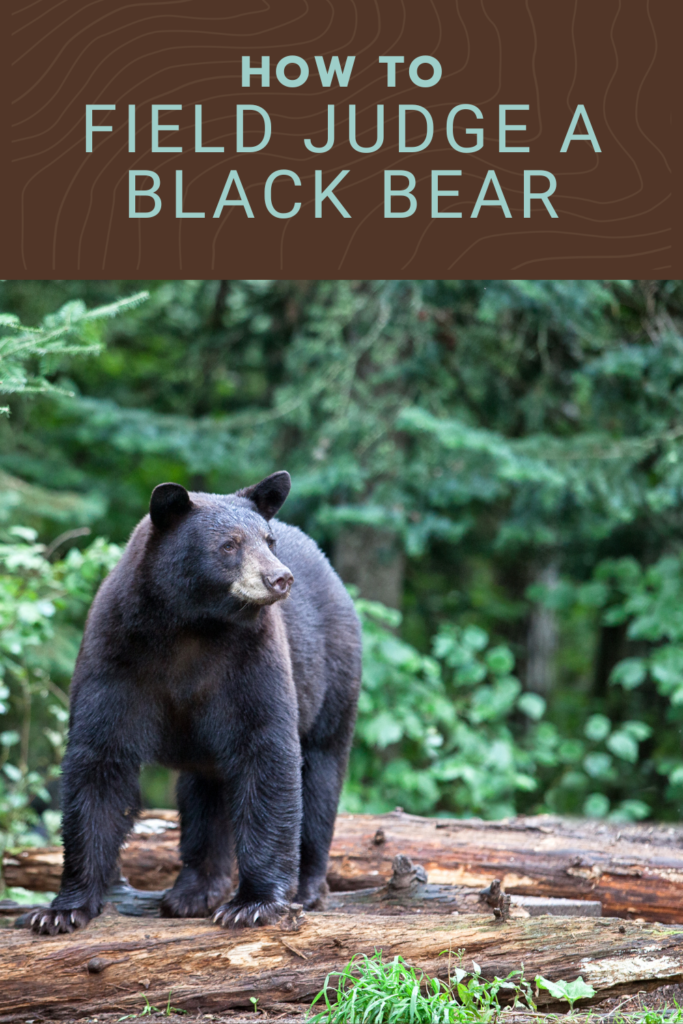
Field Judging a Black Bear
The ears and head.
You’ve likely heard this one time and time again but until you see it in person, it won’t truly resonate. “Mickey Mouse ears” are a clear indication of a younger bear. On the latter, if you’re looking to identify a large bear, look for ears that appear small and more to the side of the bear’s head. They should also be approximately 8” apart. You'll also want to look for a crease in the center of the head.
Read More: 4 Ways to Maximize Your Black Bear Harvest
The barrel.
If you’re hunting over bait, you’re likely using a 55-gallon drum which is the perfect scale to judge a bear. A bear standing next to a 55-gallon drum that’s lying on its side might look huge, but remember, that drum only stands about 22″ high. You’re looking for a bear whose shoulder height matches that of an upright barrel, about 33″.
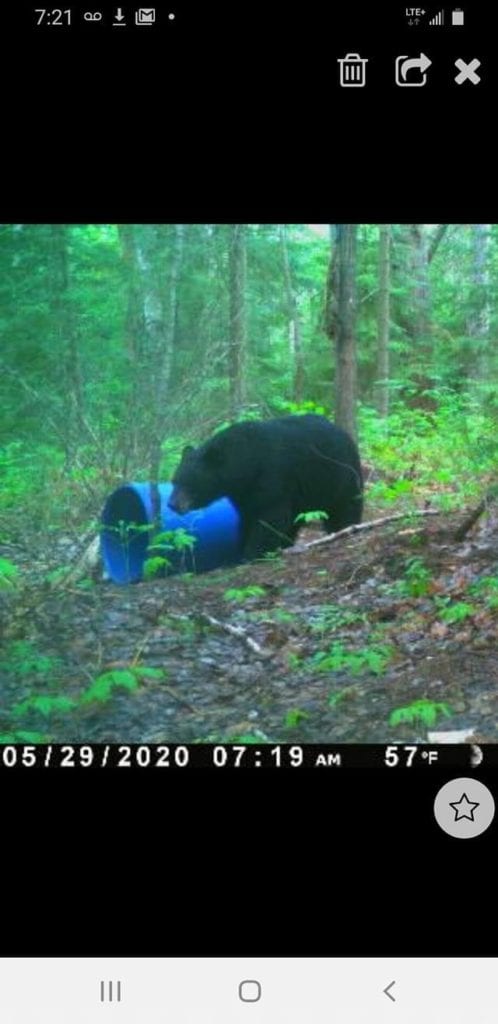
Their demeanor
When a large dominant male approaches, he will approach the bait with a swagger that is unmistakable, similar to the bully on the playground. He will walk with confidence and be sure of his movements. On the contrary, a younger male or sow will tend to be more skittish, looking over their shoulder more often, stopping to smell and listen, and always watching for the mature boar in the area.
Body
A mature bear will generally have a barrel-like chest and broad shoulders with a large, thick neck. Often they will have the rule of the food source lending to a sagging, full belly.
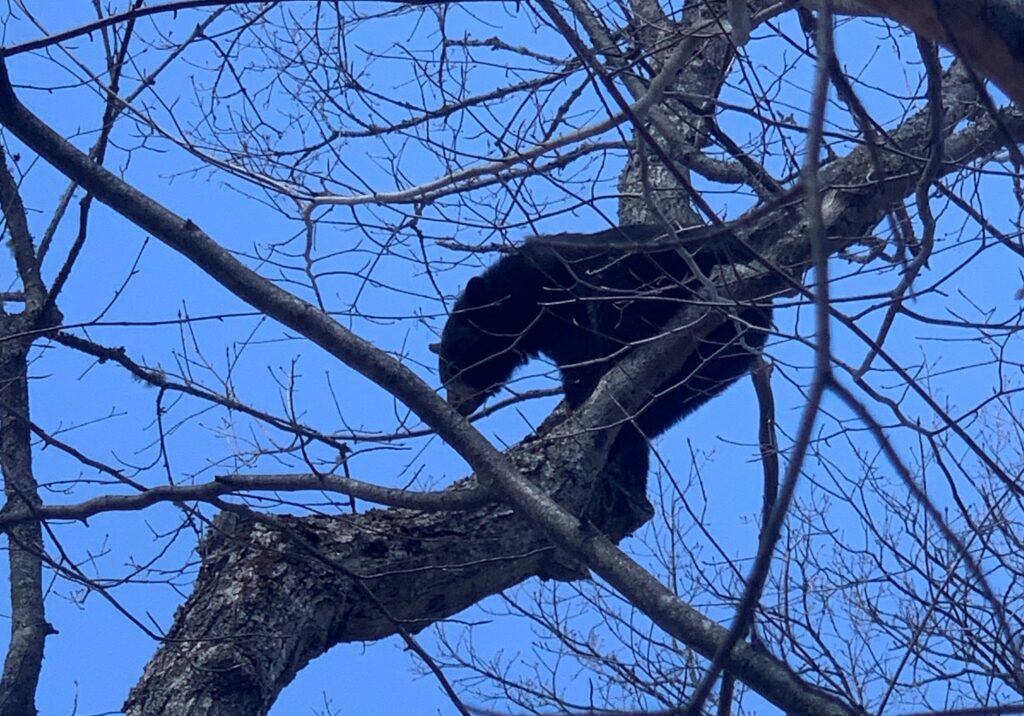
Cooking Bear Meat: A Beginner's Guide
Keep in mind, that like all animals, bear are unique, making them a very difficult animal to judge in the field. A distinct feature on one boar may not be evident on the next. Keep an eye out for battle scars, torn ears, and other evidence of abuse that has accumulated over the years of fighting with their rivals. Like anything, experience and practice are key.
Commonly Asked Questions About Field Judging a Black Bear:
How to field judge black bear size?
To field judge a black bear's size, look at its body proportions. Compare the bear's head size to its body, the length of its ears and legs, and its overall build. Use nearby objects or landmarks for reference.
How do you judge a good black bear?
A good black bear can be judged by its size, health, and fur quality. Look for a bear that is large, has a well-groomed coat, and appears alert and active. Assess the overall appearance and vitality of the bear.
What is the bear safety rhyme?
The bear safety rhyme is a mnemonic: “If it's black, fight back; if it's brown, lie down.” This rhyme helps people remember how to respond to bear encounters. For black bears, you should fight back if attacked; for brown bears, play dead.
How old is a 300-pound black bear?
The age of a 300-pound black bear can vary widely. Bears' weight can be influenced by factors like genetics, food availability, and age. Typically, a 300-pound black bear might be anywhere from 3 to 7 years old, but individual variations occur.
